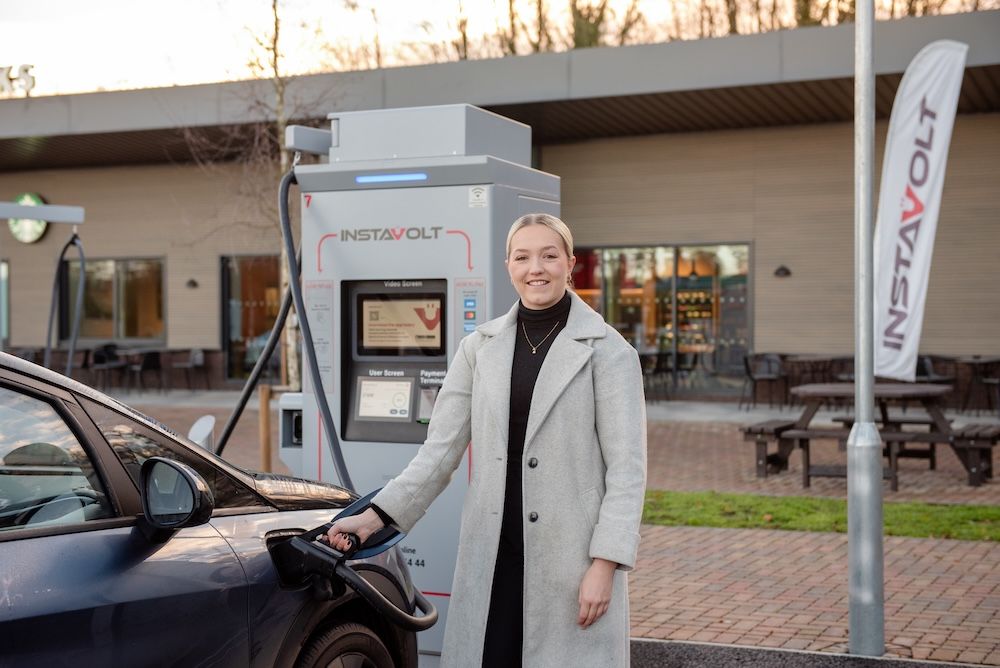The National Energy System Operator (NESO) has published the methodology it will use for Britain’s inaugural Strategic Spatial Energy Plan (SSEP).
The move follows approval from the Secretary of State for Energy Security and Net Zero and Ofgem, and will see the SSEP provide the first high-level blueprint for Great Britain’s energy infrastructure from 2030 to 2050.
It is hoped that this will provide clarity to industry, investors and consumers on what a future energy system will look like and how the country will use it to meet its net zero target.
When it’s published next year, the plan will help accelerate the transition to clean, affordable and secure energy, by advising where and how much electricity and hydrogen generation and storage is needed to meet a predicted doubling in electricity demand by the middle of the century.
The metholody will consider cost, technology requirements, environmental impact, the views of communities and other uses of land and coast around Great Britain, while ensuring the system remains secure, reliable and affordable for all.
Last year NESO published ‘Clean Power 2030’, its advice to government on how Great Britain can achieve 95% of its electricity from clean sources by the end of the decade. It recommended a shift in the pace of rolling out renewables and a major expansion in the electricity network.
The SSEP will advise on what additional electricity and hydrogen generation and storage is needed and where from 2030 to 2050. Working with stakeholders, it will assess the best locations, quantities and types of energy infrastructure required to meet demand in a net zero world.
Kayte O’Neill, Chief Operating Officer of NESO, said:
“Publishing our methodology today represents a significant milestone as we move towards a more strategically planned energy system and a much larger network. It follows extensive and positive engagement with a breadth of stakeholders, who I would like to thank for taking part in our consultation.
“While markets will continue to lead and deliver generation and flexibility infrastructure, this will help companies see how their investments sit within the national strategic plan, helping the country accelerate towards the UK government’s mission to make us a clean energy superpower.”
Barnaby Wharton, RenewableUK’s Director of Future Electricity Systems, said:
“The Strategic Spatial Energy Plan will outline a clear vision for a zero-carbon energy system, powered by renewables and underpinned by the grid infrastructure we need to deliver it. Publishing this methodology is a critical step, and we look forward to working closely with NESO and industry to help shape a robust, cost-effective plan that delivers for consumers.
“The certainty that this key blueprint will provide will help to attract billions in private investment, leading to tens of thousands of new jobs across the renewable energy sector, including our fast-growing supply chain based in the UK”.
Image from Shutterstock








